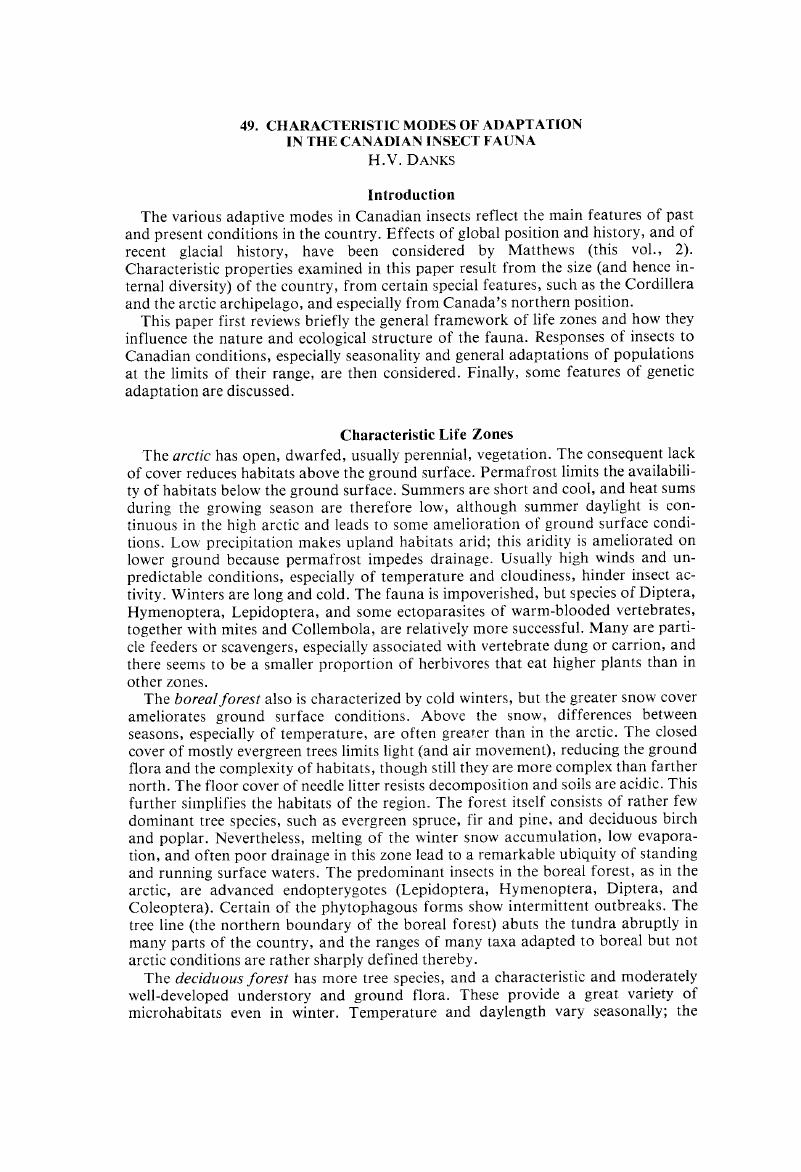Crossref Citations
This article has been cited by the following publications. This list is generated based on data provided by Crossref.
Welch, Harold E.
Jorgenson, John K.
and
Curtis, Martin F.
1988.
Emergence of Chironomidae (Diptera) in Fertilized and Natural Lakes at Saqvaqjuac, N.W.T..
Canadian Journal of Fisheries and Aquatic Sciences,
Vol. 45,
Issue. 4,
p.
731.
CANNON, R. J. C.
and
BLOCK, W.
1988.
COLD TOLERANCE OF MICROARTHROPODS.
Biological Reviews,
Vol. 63,
Issue. 1,
p.
23.
Zacharda, Miloslav
Gude, Martin
Kraus, Susanne
Hauck, Christian
Molenda, Roland
and
Růžička, Vlastimil
2005.
The Relict Mite Rhagidia gelida (Acari, Rhagidiidae) as a Biological Cryoindicator of Periglacial Microclimate in European Highland Screes.
Arctic, Antarctic, and Alpine Research,
Vol. 37,
Issue. 3,
p.
402.
Bouchard, R. William
and
Gelhaus, Jon K.
2020.
First record of a skating crane fly: The unusual ecology, behavior, and morphology of Phantolabis lacustris (Alexander, 1938) (Diptera:Limoniidae) with descriptions of the immature stages.
Freshwater Science,
Vol. 39,
Issue. 1,
p.
86.



